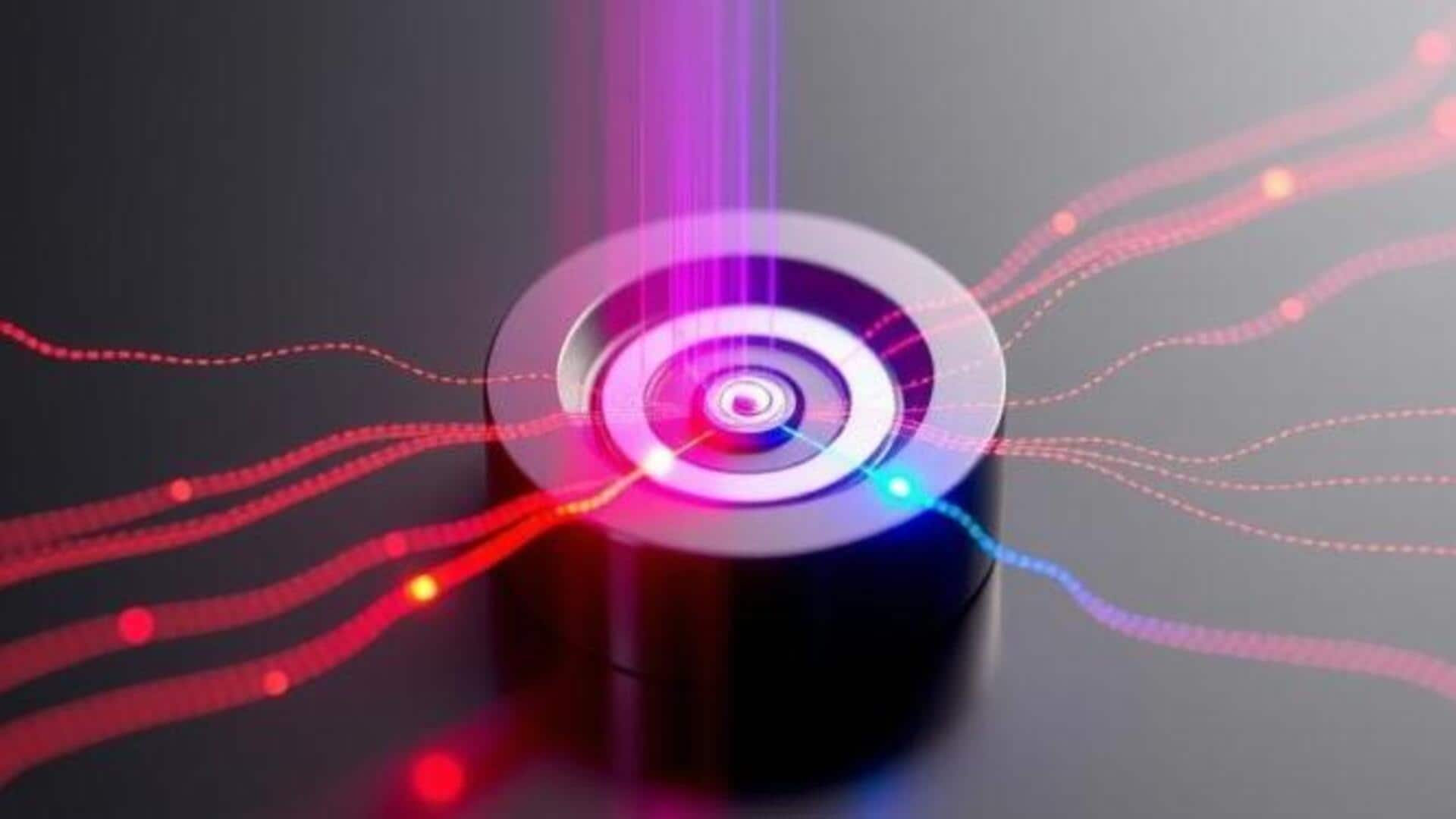
Scientists unlock elusive quantum state, solving a decades-old problem
What's the story
Scientists have made a major breakthrough by successfully identifying the elusive W state of quantum entanglement. The achievement solves a decades-old problem and opens up new possibilities for quantum teleportation and advanced quantum technologies. The work was done by researchers from Kyoto University and Hiroshima University, who developed an innovative method of entangled measurement to identify the W state.
Conceptual leap
Quantum entanglement and its significance
Quantum entanglement is a fundamental phenomenon where particles become interconnected in such a way that the state of one instantaneously influences the state of another, regardless of distance. The W state is a specific form of multi-photon entanglement that has been difficult to measure due to its complex nature. Unlike the Greenberger-Horne-Zeilinger (GHZ) state, which has been studied extensively, the W state presents unique challenges for identification and manipulation.
Methodology
New method to identify W state
The team of researchers developed a novel method to measure the W state using a photonic quantum circuit that performs Quantum Fourier Transformation (QFT). QFT rearranges and encodes information in a way that makes hidden patterns easier to see and use. This approach leverages the cyclic shift symmetry inherent in the W state, allowing for efficient identification without extensive data collection. The team demonstrated this technique with a three-photon W state, achieving high-fidelity measurements that confirm the presence of entanglement.
Future prospects
Major breakthrough in quantum research
The successful identification of different types of three-photon W states by the device marks a major milestone in quantum research. The fidelity of the entangled measurement, which is equal to the probability of obtaining a correct result for a pure W-state input, was also evaluated. This achievement paves the way for quantum teleportation or transfer of quantum information, new quantum communication protocols, transfer of multi-photon quantum entangled states and new methods for measurement-based quantum computing.
Future plans
Future plans of researchers
The researchers, led by Shigeki Takeuchi, plan to expand their method to a larger-scale, more general multi-photon quantum entangled state. They also hope to develop on-chip photonic quantum circuits for entangled measurements. "In order to accelerate the research and development of quantum technologies, it is crucial to deepen our understanding of basic concepts," Takeuchi said. This work represents a significant step toward unlocking the potential of quantum technology.